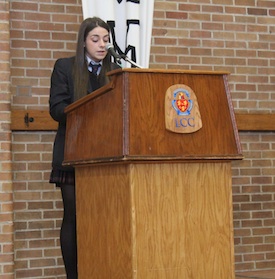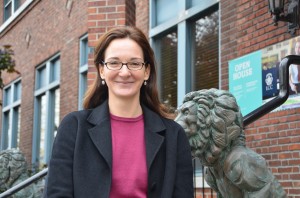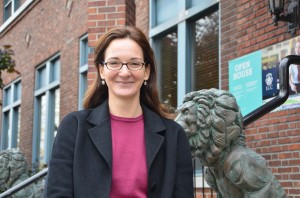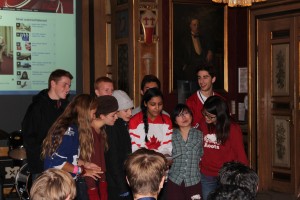 “What makes a king out of a slave? Courage! What makes the flag on the mast to wave? Courage! What makes the elephant charge his tusk in the misty mist, or the dusky dusk? What makes the muskrat guard his musk? Courage! What makes the sphinx the seventh wonder? Courage! What makes the dawn come up like thunder? Courage! What makes the Hottentot so hot? What puts the “ape” in apricot? What have they got that I ain’t got?—Courage”
“What makes a king out of a slave? Courage! What makes the flag on the mast to wave? Courage! What makes the elephant charge his tusk in the misty mist, or the dusky dusk? What makes the muskrat guard his musk? Courage! What makes the sphinx the seventh wonder? Courage! What makes the dawn come up like thunder? Courage! What makes the Hottentot so hot? What puts the “ape” in apricot? What have they got that I ain’t got?—Courage”
These are the words of the Cowardly Lion from the famous film & play, The Wizard of Oz.
Another memorable quote from the Cowardly Lion goes like this:
“All right, I’ll go in there for Dorothy. Wicked Witch or no Wicked Witch, guards or no guards, I’ll tear them apart. I may not come out alive, but I’m going in there. There’s only one thing I want you fellows to do.”
“What’s that?” ask both the Tin Man and the Scarecrow.
“Talk me out of it!,” begged the Cowardly Lion.
The Wizard of Oz was produced in 1939, but the film’s core messages remain timeless. In the end, all the major characters got what they wanted: Dorothy returned safely home. The Scarecrow got a brain, the Tinman received a heart – and the Lion was given the gift of courage.
Like the TInman with his heart and the Scarecrow with his brain, the Lion discovered that he already possessed courage. He simply needed to focus on it more and develop it, just like each of our students.
Courage is defined by the Oxford Dictionary as “the ability to do something that frightens – a form of bravery.” It’s a fantastic quality, something we all need and something we all possess in varying degrees. In fact, each of us needs to draw on courage sometime every day. But too often we can confuse courage with being tough or being able to fight, as if it’s solely a military attribute. But it’s actually much more important in the context of maturity of character and our capacity to overcome personal fears and obstacles that hold us back in life.
For students, courage includes so much: speaking up in class, reaching out and making friends, trying a new activity or developing a new skill. My personal favourite is developing the capacity to stand up for what you believe in, even when it might mean standing out from the crowd. This is tough for anyone, but particularly difficult for teenagers; they need the time and opportunity to practice.
Are you courageous? Do you surprise yourself or others with your ability to reach out? Is your sense of courage aligned with a well-developed sense of moral fibre and other solid character traits? Think about it. How might you learn and mature by taking a few more personal risks and employing a little more courage? Realistically, it begins with baby steps. Every step is just a decision. Slowly but surely, you can help yourself move forward, develop yourself and feel a sense of genuine pride.
In our student assembly this week, I saw courage in action. Grade 11 student Claire Greenbaum ’13 spoke to all Middle and Senior School students. She addressed the tragic loss of her mom to cancer and the positive energy she and her whole family have been able to create through establishing a new foundation that raises money for cancer research. I commend her on openly and courageously addressing this important but difficult personal topic in a way that was very motivating to all. Great job, Claire! —Chris Shannon, Headmaster



